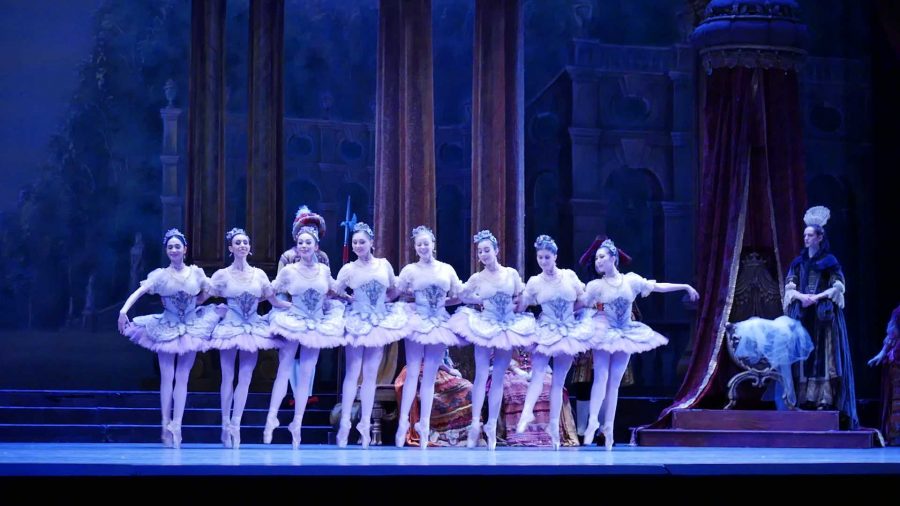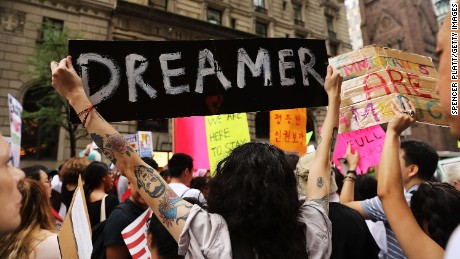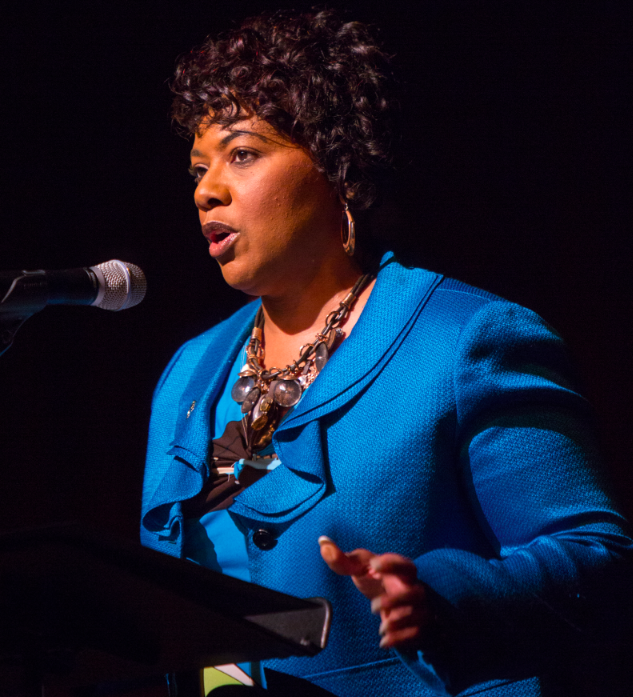By Kallie Gregg
Contributing Writer
Last October, Mariano Rajoy, Spain’s prime minister since 2011, called for a general election to be held in December. That action catalyzed a year of unprecedented chaos in Spain’s parliament. Although Rajoy entered the election with a parliamentary majority and his right-wing Partido Popular (PP) won the most votes, they lost their majority in parliament. That lack of a majority has created a governmental roadblock.
The Spanish parliamentary system is not especially direct. In a congressional election, citizens do not vote for individual candidates, but instead select from a list of paty candidates. The names on these lists are not determined by the public, so citizens don’t decide who they want to represent them, only which party they are most closely aligned with.
If a party obtains a majority of congressional seats, they then declare a prime minister. In the absence of a majority, parties are ostensibly meant to negotiate and form a minority government. However, since the elections in December, and a second attempt at elections in June, negotiations have been unsuccessful. Instead of forming the minority government, Parliament has spent the last nine months in a feedback loop of conversations devolving into argument.
The root of the stagnation lies in the emergence of two new political parties, whose presence greatly disrupted the traditional two-party system.
Spain adopted their constitution and transitioned into democracy in 1978, and since the 1990s, two main parties have dominated the national political scene. One is Rajoy’s PP. The other is the center-left Partido Socialista Obrero Español (PSOE).
The most recent election fragmented Parliament because neither the PP nor PSOE was able to recreate their past success, with the vote divided between four parties instead of two.
One of those is Ciudadanos (citizens, or C’s). Formed in 2006, Ciudadanos range from center-left to center-right, slotting somewhere between the PP and PSOE.
The other is Podemos (“we can”), an upstart leftist party formed in 2014, comprised heavily of younger constituents who fall further left than PSOE.
“The drama is that we’re seeing the end of the two-party system, but it is a terrible agony,” José Ignacio Torreblanca, a commentator for the Spanish newspaper El País, told the New York Times last week.
Tensions between PSOE leader Pedro Sánchez and Rajoy mean that their parties are unwilling to form an alliance, and members of PSOE are reluctant to align themselves too closely with Podemos, lest the new party overtakes them in the next election. These kinds of complications exist between all four major parties.
Since last year, and until the next round of elections in December, a caretaker government with limited legislative power has handled the day-to-day required to keep the country running, and unless something changes this fall, this may continue into 2017.
The Spanish people have been waiting almost a year for some resolution. Until an old party regains control, a new party reaches critical mass, or Spanish politicians learn to negotiate, they’ll have to continue their wait. Right now, there’s no end in sight.














